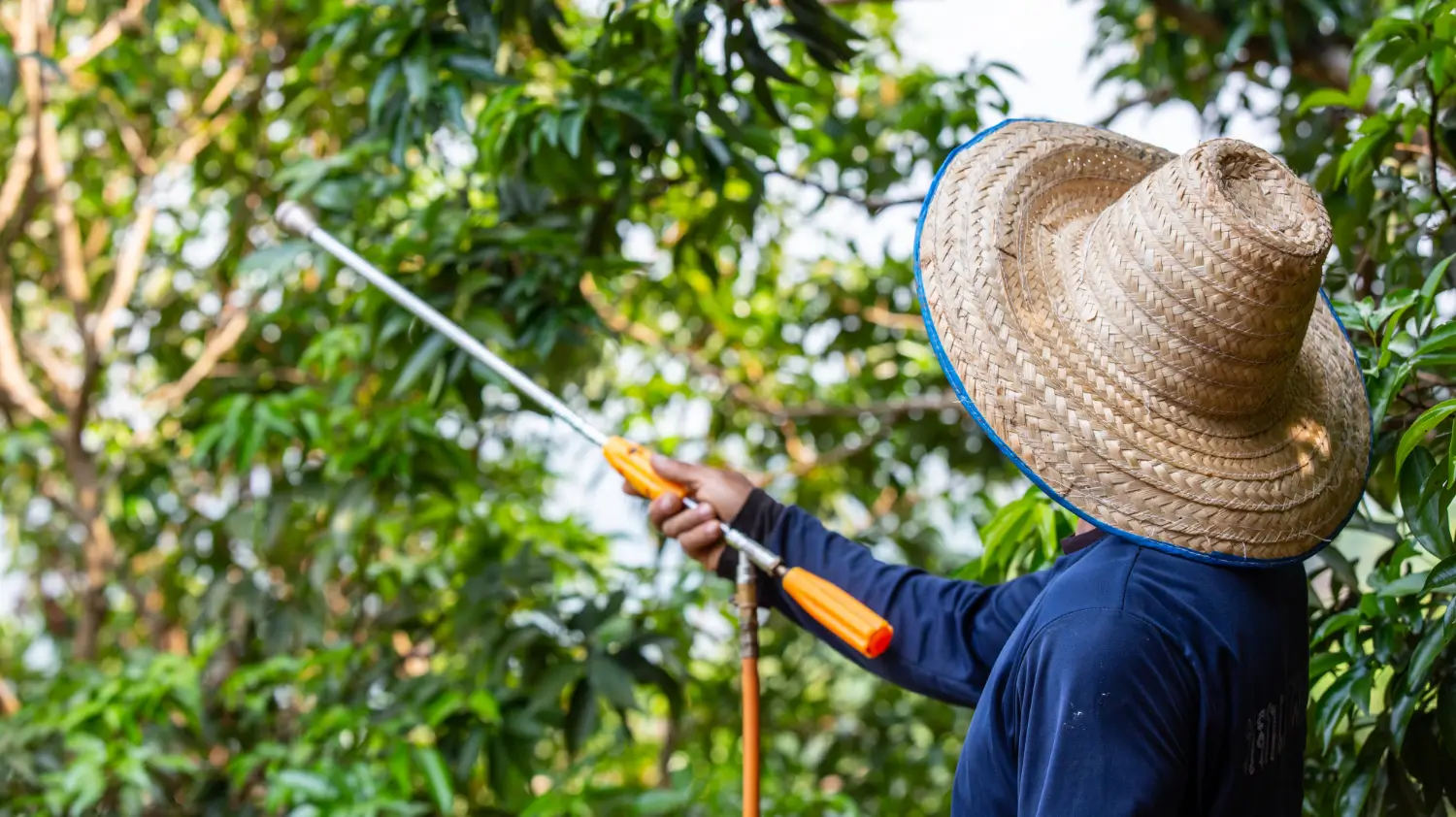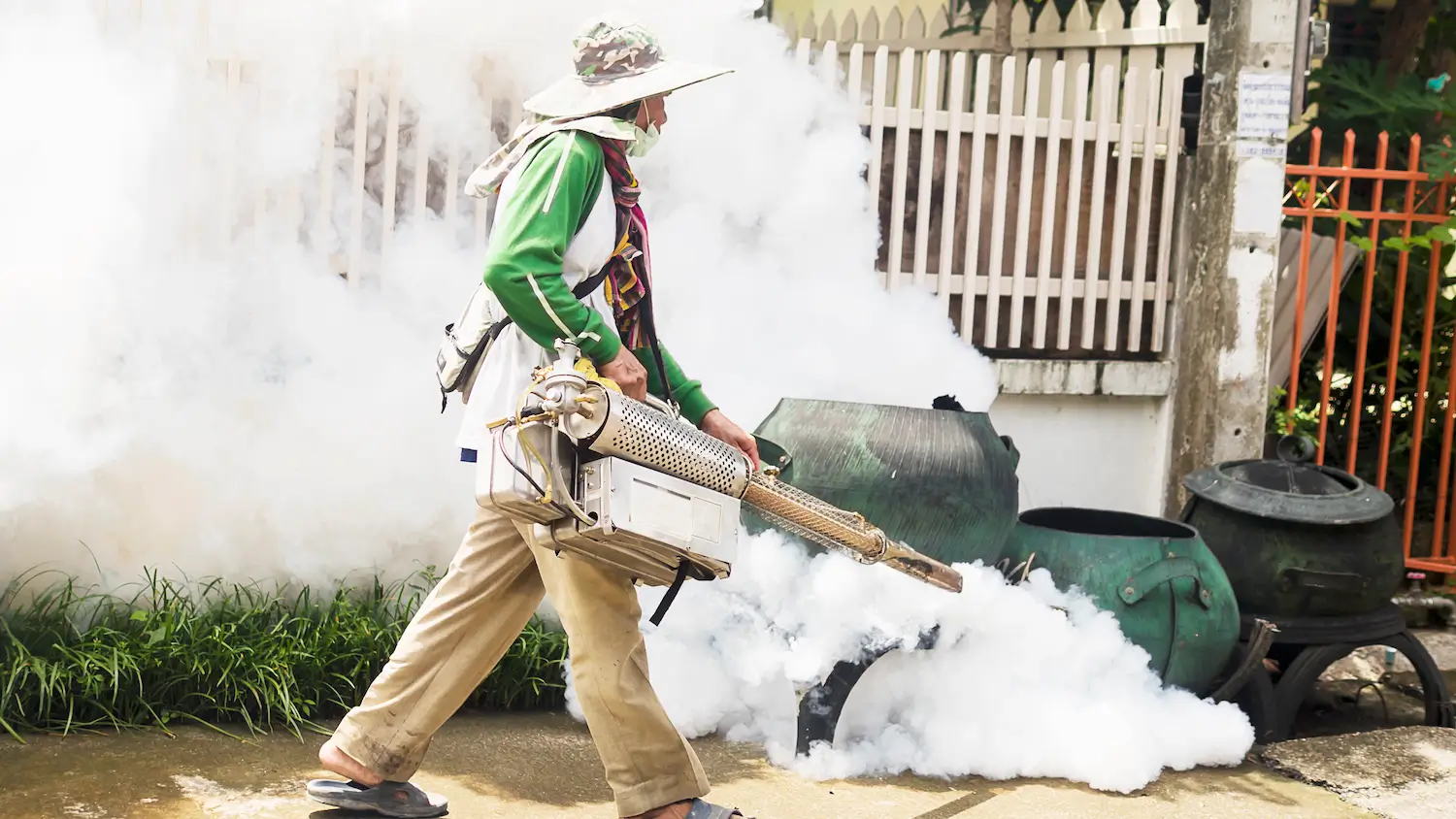
Residential & Commercial Pest Control

Residential & Commercial Pest Control
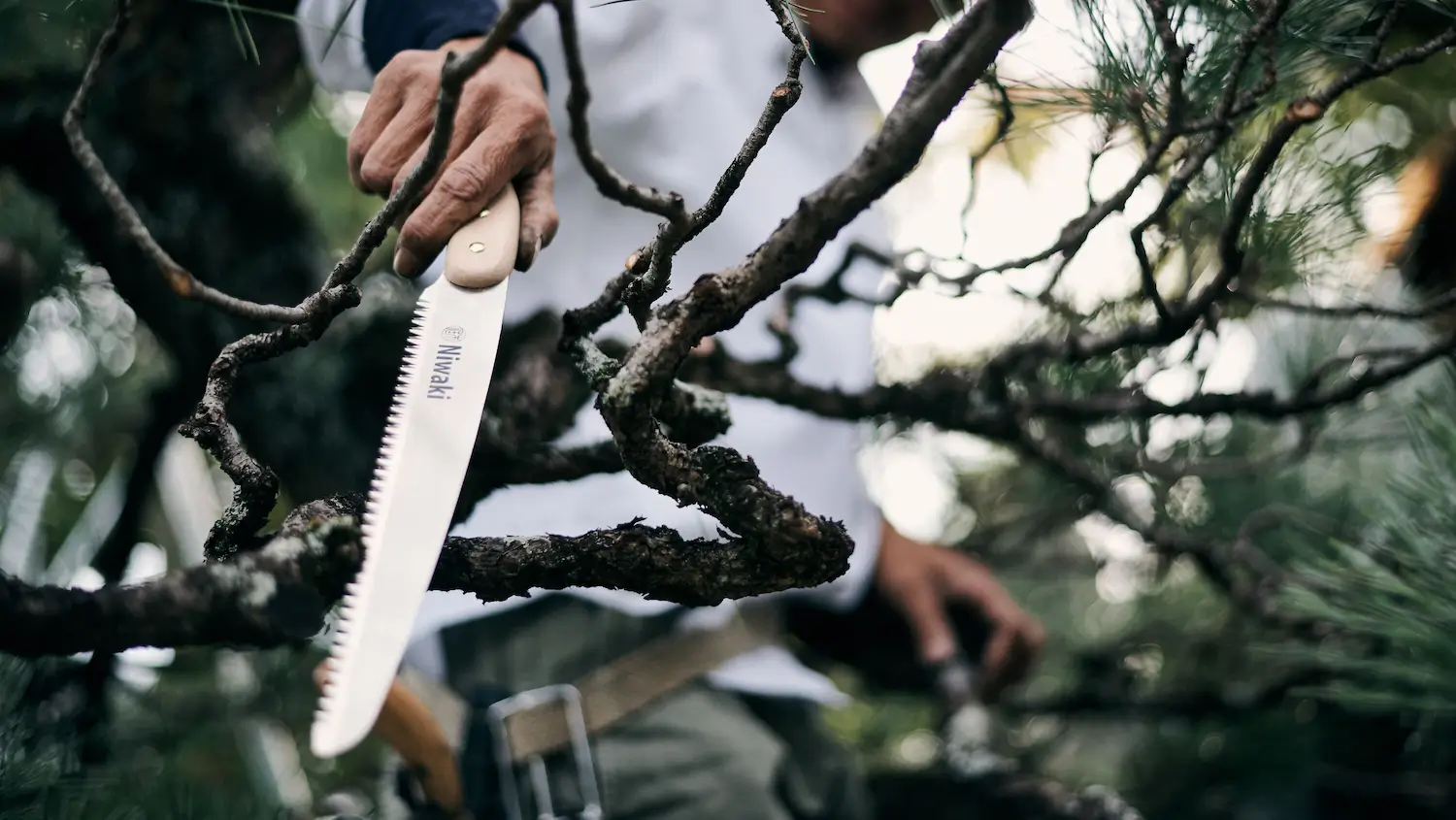
Maintenance & Equipment Tips
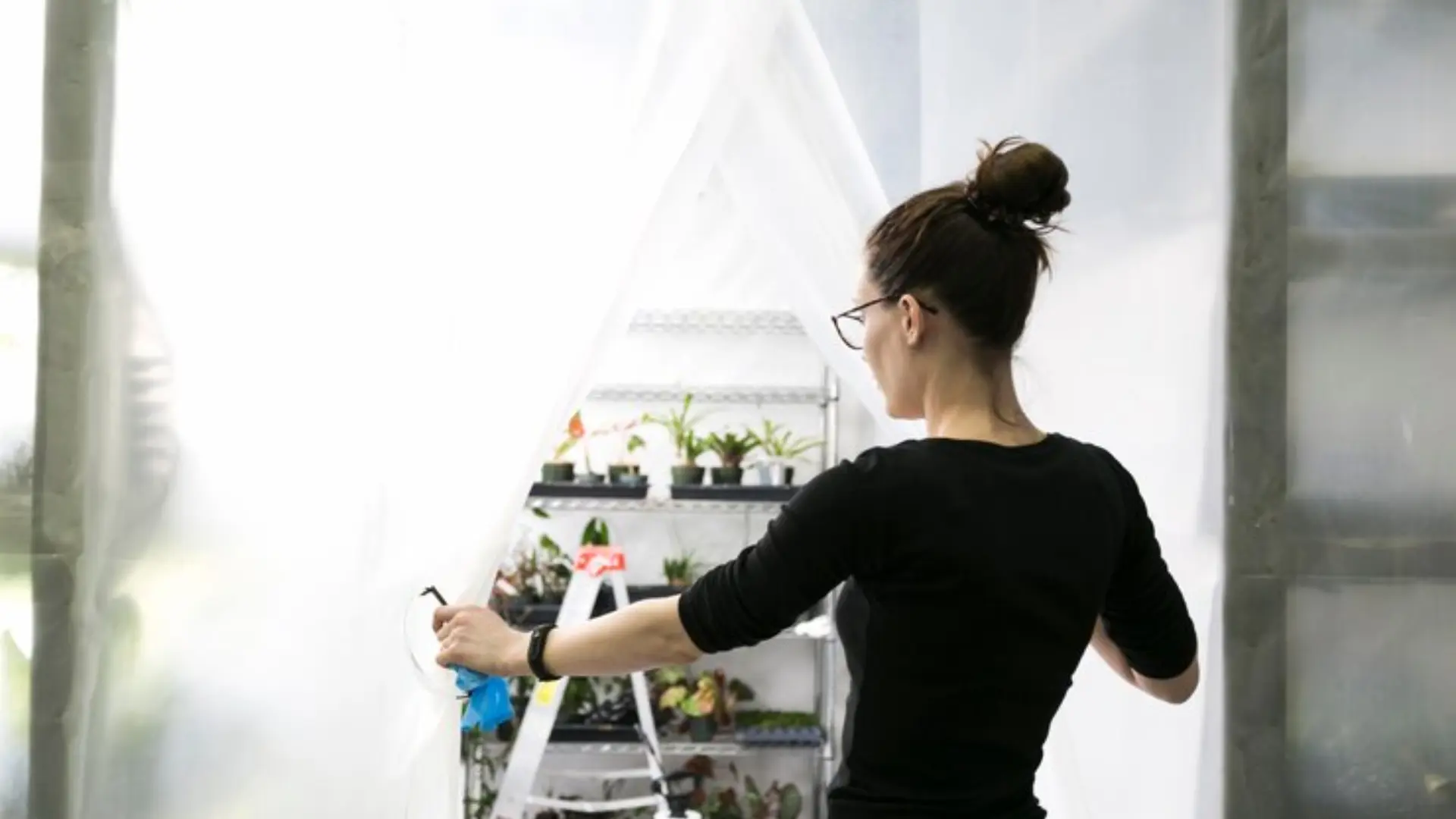
Smart Irrigation Systems
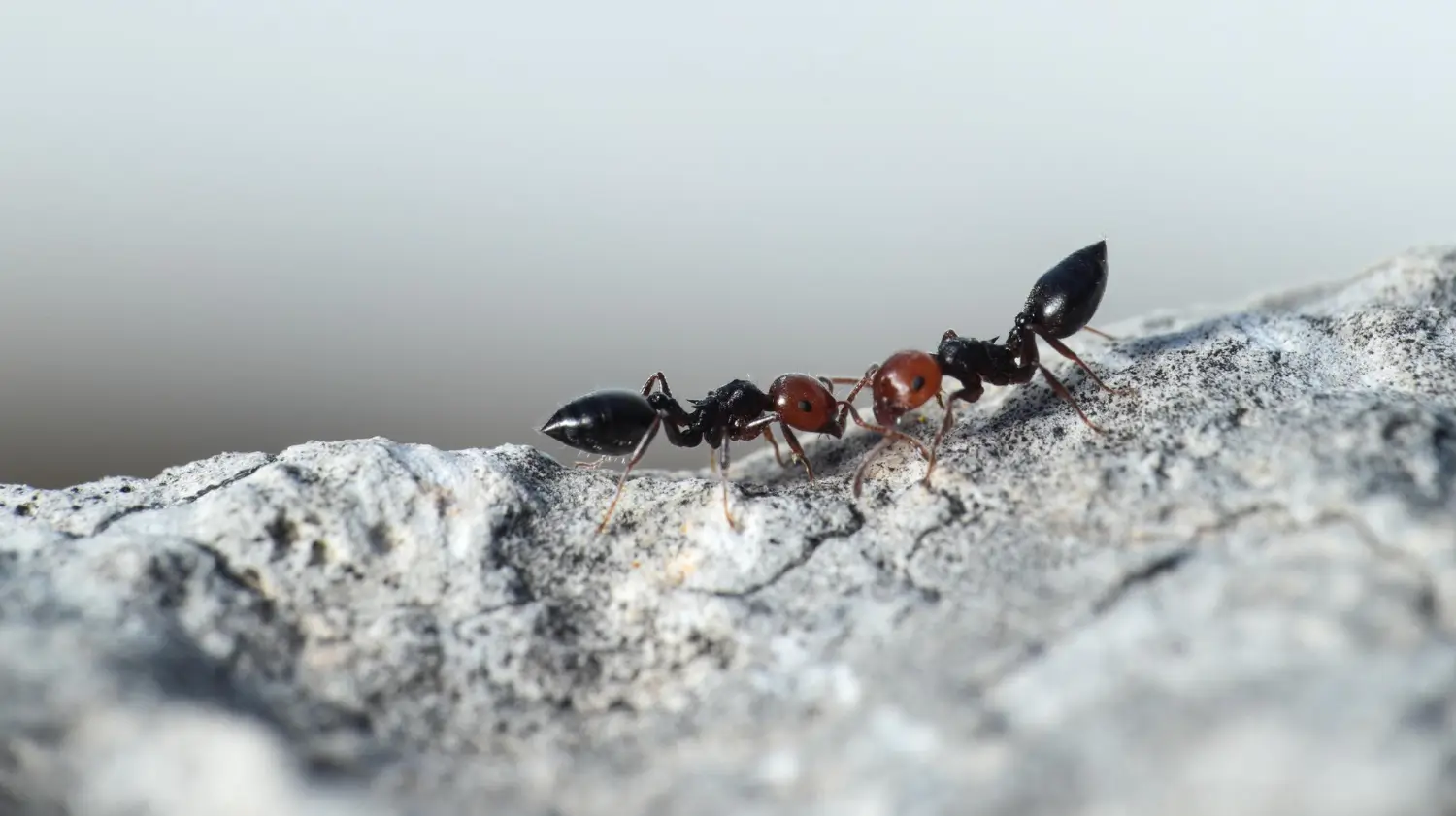
Residential & Commercial Pest Control
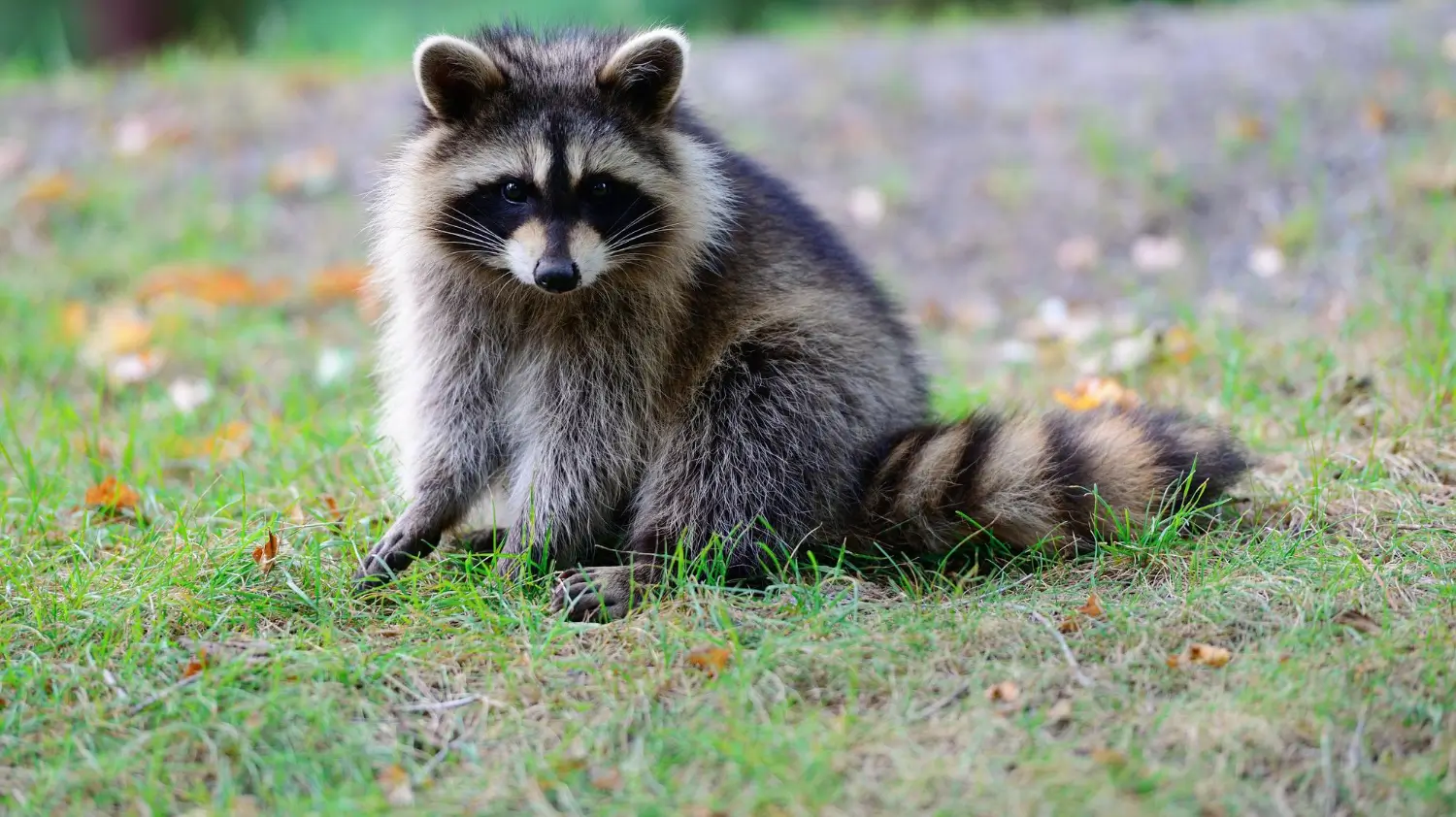
Organic & Natural Pest Solutions
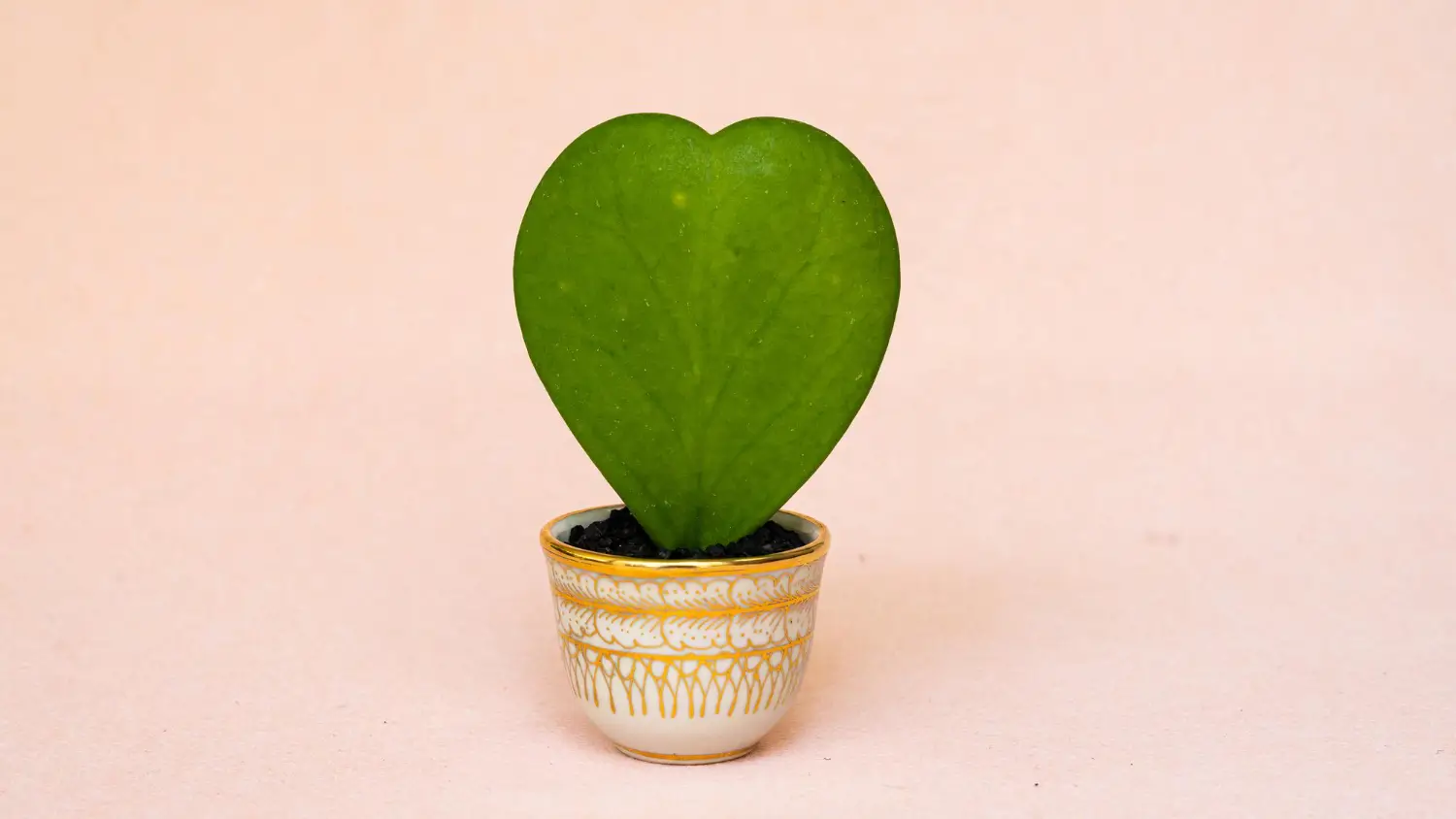
Plants play an important role to keep the environment healthy. They produce oxygen through photosynthesis, which reduces air pollution. Plants also improve the appearance of gardens and lawns. Hoya Kerri is one such plant that improves the appearance of any garden or yard.
It is a cute and uplifting plant that's easy to care for if given the right conditions. Its vining growth style allows it to climb up things or trail down from hanging pots. People love it for its cool, heart-shaped leaves and lovely, fragrant flowers.
Growcycle offers the best care guides for growing plants and also helps gardeners achieve a healthy, evergreen garden. The article below explores vital information about Hoya Kerrii, including its characteristics, botany, and care routine.
Hoya Kerrii, commonly known as the Sweetheart Plant or Lucky Heart Plant, is a popular species of the genus Hoya in the family Apocynaceae. This plant is especially as a gift for occasions like Valentine’s Day.
Here is a comparison of some of the common types of Hoya Kerrii plants:
| Types | Leaf Features | Growth Habit | Flower Color | General Features |
|---|---|---|---|---|
| Hoya Kerrii (Green) | Solid green, thick heart-shaped leaves | Vining, slow-growing | Pale pink or white | Classic cultivar, often available as single-leaf cuttings. |
| Hoya Kerrii Reverse Variegated | Creamy white or yellow center with green edges | Vining, slow-growing | Pale pink or white | Reverse pattern of variegation, more distinct appearance. |
| Hoya Kerrii Variegated | Green with creamy white or yellow edges | Vining, slower than green | Pale pink or white | Striking variegation makes it visually unique. |
| Hoya Kerrii Alba | Light green to yellowish leaves | Vining, slow-growing | White | Rare variety with lighter foliage and white blooms. |
| Hoya Kerrii Splash | Green with silver speckles | Vining, moderate growth | Pale pink or white | Unique speckled look that adds texture to presentations. |
| Hoya Kerrii Compacta | Curled, heart-shaped leaves | Vining, compact habit | Pale pink or white | Dense foliage with a twisted appearance. |
Here are some of the most common advantages of having Hoya Kerrii in the garden:
Propagating Hoya Kerrii is not a challenging task. Here is how a gardener can propagate it:
When propagating Hoya Kerrii in water, the first thing to do is pick the right cuttings. Look for healthy stems that have at least one leaf node. Just snip right below the node. Dunk the node in water, making sure no leaves are underwater. Change the water weekly to keep it fresh and prevent bacteria from building up.
Watch the roots as they start to grow. Move them into the soil once they're about 2-3 inches long. This method gives a fascinating and easy sneak peek into how roots develop underground.
It is important to use well-draining soil when it comes to soil propagation. A good mix would be potting soil combined with perlite, vermiculite, or clean sand to help drainage. Just dampen the mix, then stick the cutting in with the node buried.
Give it indirect sunlight and keep the moisture steady. Stay away from the direct sun to avoid burning baby Hoya Kerrii. Water it when the top inch of soil is dry to prevent flooding the roots while they're still getting started.
To propagate Hoya Kerrii with a leaf cutting, grab a leaf with a little bump called a node, where new leaves will grow. After finding the node, cut the leaf off the stem right below it.
Gardeners can put the leaf in a jar of water, dip it in rooting hormone, or set it in soil. Either way, they should see roots form in about 4 to 6 weeks. When the cutting has rooted well, they can pull it out of the pot and plant it in something bigger.
Propagating Hoya Kerrii with stem cuttings is an easy method for gardeners. The only thing to do is cut a piece of stem at least 4 inches long with a couple of leaves. Remove leaves near the bottom so they don’t sit in the water.
Gardeners can either pop the bottom part of the stem in a jar of water or dip it in rooting hormone before planting it in the soil. Just keep the soil nice and moist but not dripping wet. Either way, homeowners or gardeners should start seeing roots in about 4 to 6 weeks. Once it’s rooted, remove it from the pot and put it in a bigger one.
Gardeners can follow these simple tips to successfully propagate Hoya Kerrii:
Hoya Kerrii is easy to care for with the right approach. Here are some key tips for keeping it healthy and thriving:
Like succulents, these heart-shaped Hoyas love soaking up the sun to grow well indoors. It is best to find a spot with a lot of bright, direct sunlight for several hours each day. A west or south-facing window works great for this. If there is not enough natural light, bringing in a grow light can help. A full-spectrum LED grow light is a solid choice for giving hoyas the light they need to thrive.
Hoya Kerrii is a lovely plant that prefers light and airy soil. If regular indoor potting soil is used without adjustments, the roots can become compacted, which may slow its growth. To help Hoya Kerrii stay healthy and grow well, gardeners can mix potting soil with perlite, orchid bark, and sand. This combination provides the airflow and drainage the roots need to thrive.
The soil should be allowed to dry out completely between waterings. Hoya Kerrii is a hardy plant and can tolerate some drought because of its thick leaves that store water. However, it is sensitive to overwatering, which can lead to root rot. The watering needs of Hoya Kerrii change with the seasons. During summer, it may need slightly more water, but in winter, watering should be significantly reduced.
Gardeners can observe the leaves to check if the plant needs water. If the leaves are green and plump, the plant is well-hydrated. If the leaves appear thin or wrinkled, it’s time to water the plant. A moisture meter can also help ensure the soil is dry before the next watering.
Hoya Kerrii thrives in warm and humid environments. It grows best when temperatures stay between 60 and 80°F and struggles if they drop below 50°F. Most homes provide enough humidity for the plant, but higher moisture levels can help it flourish. Using a humidifier near the plant is an easy way to increase humidity.
Gardeners can also place Hoya Kerrii in naturally humid rooms like the bathroom, kitchen, or laundry room. While it is commonly grown indoors as a houseplant in the U.S., it can be grown outdoors year-round in USDA hardiness zone 11.
Hoya Kerrii doesn’t need much fertilizer, but it benefits from some extra nutrients during its growing season. From spring to summer, a balanced liquid fertilizer can be applied once a month to support healthy growth. Always check the fertilizer label for the correct amount to avoid overfeeding.
Hoya Kerrii only needs repotting every two to three years. These plants prefer being slightly root-bound, so using a pot that’s too large can cause problems like overwatering.
When it’s time to repot, gently remove the plant from its current pot. If the plant is stuck, lightly squeeze the sides of the pot or wiggle the stem while holding the plant upside down. Once it’s free, shake off as much old soil as possible without damaging the roots.
Choose a new pot that’s just 2 to 3 inches wider than the old one. Place the plant in the new pot and fill the gaps with a light, well-draining potting mix. After repotting, water the plant thoroughly and return it to its usual spot.
Here are some common issues a gardener can face while dealing with Hoya Kerrii plant:
Hoya Kerrii can grow from one leaf cutting, but it is mostly just for decorative purposes. If the leaf doesn't have a node, it won’t turn into a full plant. To help it grow properly, ensure the cutting includes part of the stem.
When caring for Hoya Kerrii, ensure it gets plenty of bright, indirect light and uses well-draining soil. Water it only when the soil has dried out completely between waterings. Keep the humidity up and give it some diluted fertilizer during the growing season.
Hoya Kerrii is a versatile plant that can grow up or hang down. It naturally vines, so it is great for trellises or moss poles. It also does well in hanging baskets, where its cute, heart-shaped leaves are displayed in a fun way.
Hoya Kerrii is a lovely and versatile plant with heart-shaped leaves. It helps to clean the air, adds beauty to any space, and can improve mood and sleep. With the right care, gardeners can grow Hoya Kerrii successfully and create a lush, green garden.
Growcycle provides excellent guides on growing plants with the right care. These guides help gardeners to care for plants properly, making it easier to enjoy a thriving and attractive garden or yard.
Disclaimer: This material is for informational purposes only and should not be relied on for legal, medical, financial, or any other form of professional advice.

Residential & Commercial Pest Control

Maintenance & Equipment Tips

Smart Irrigation Systems

Residential & Commercial Pest Control

Organic & Natural Pest Solutions
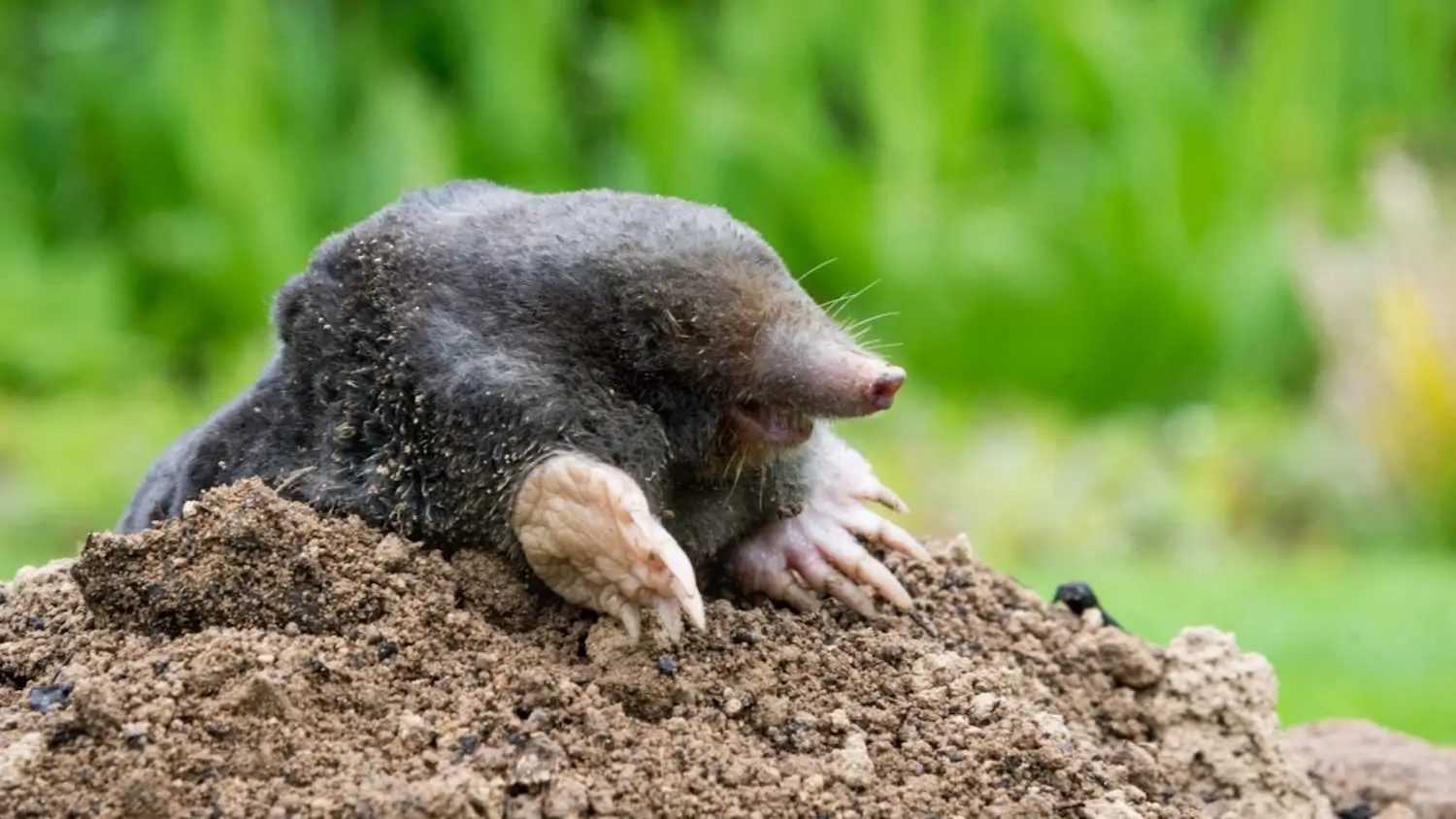
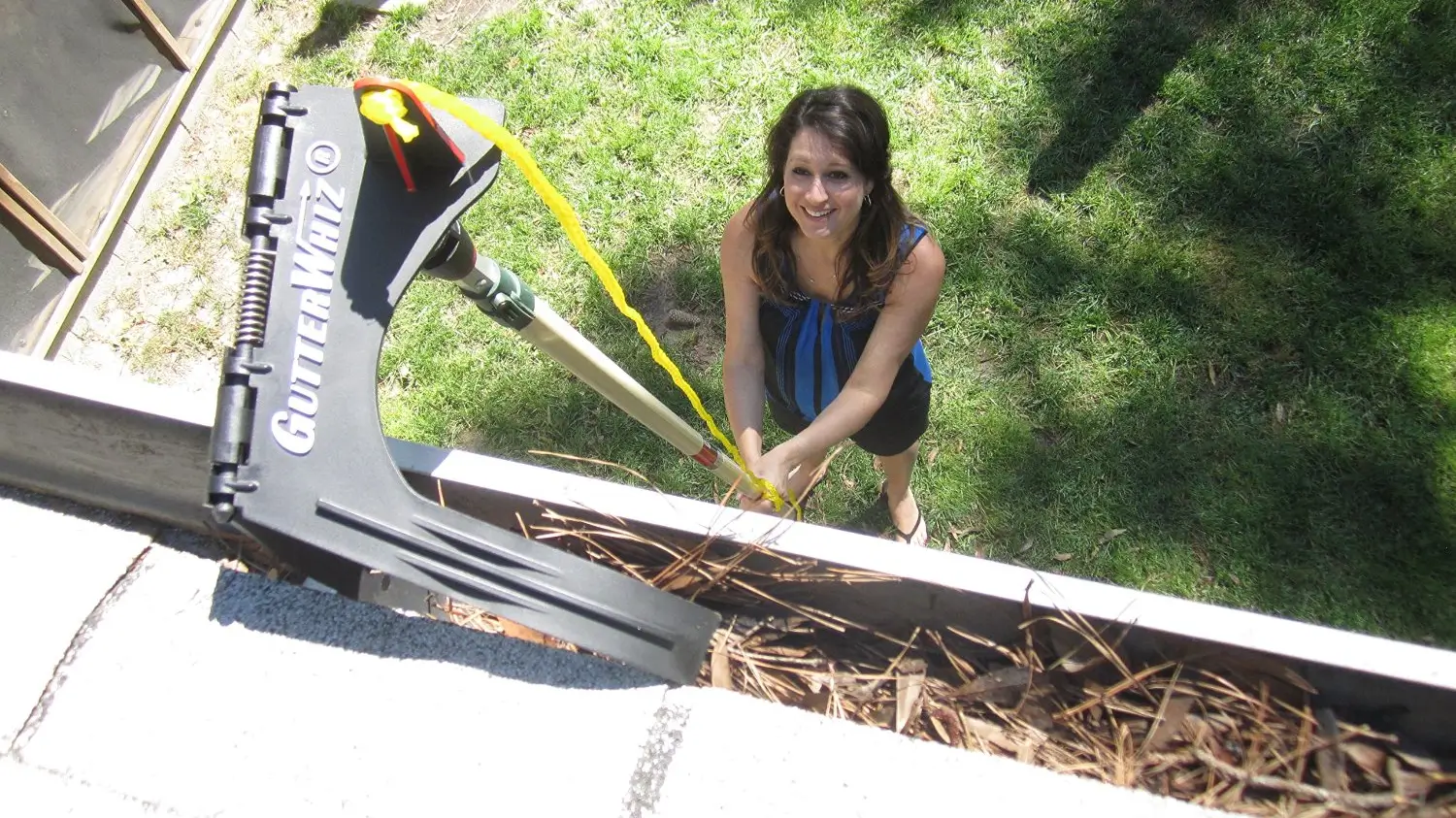
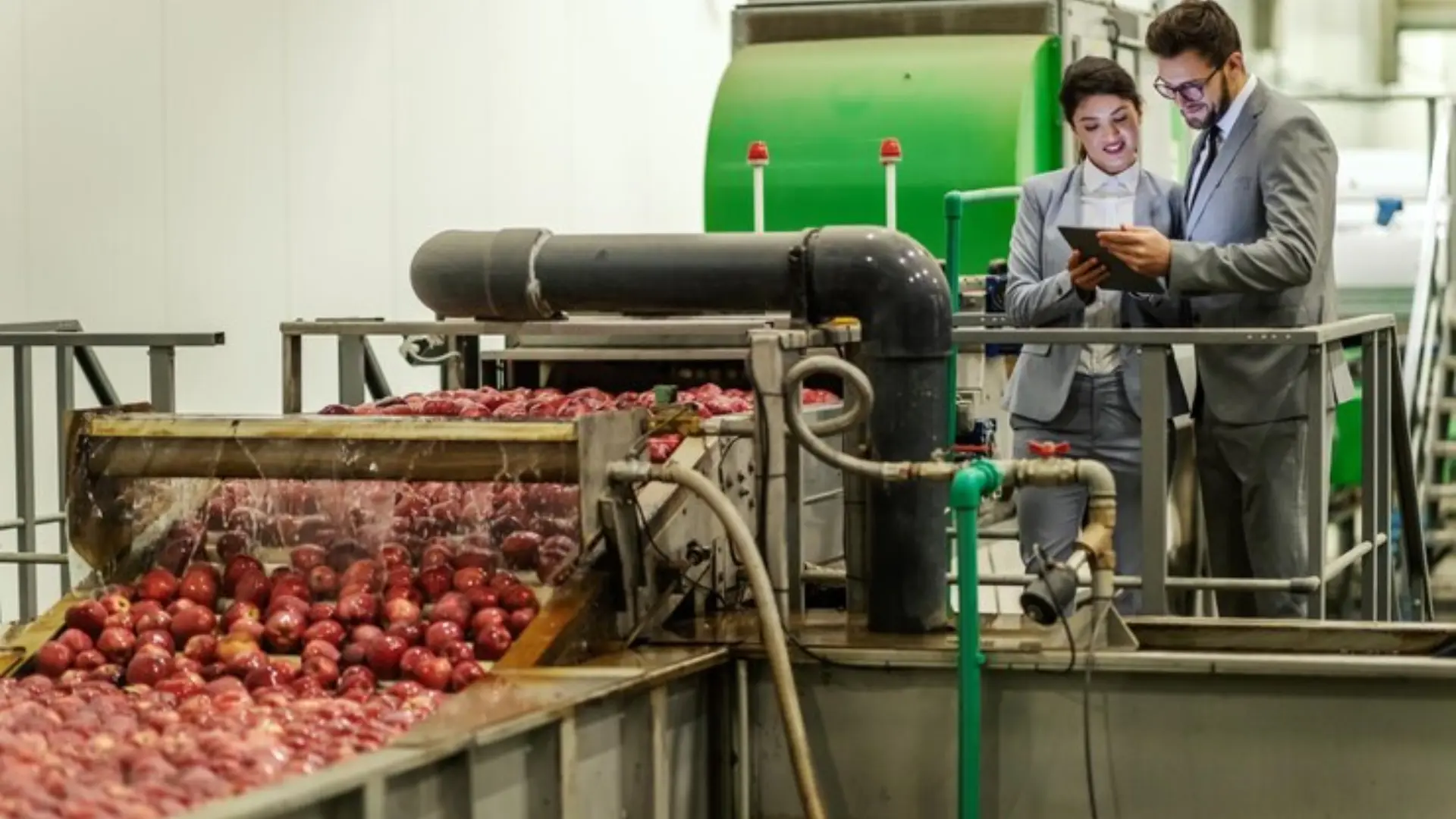

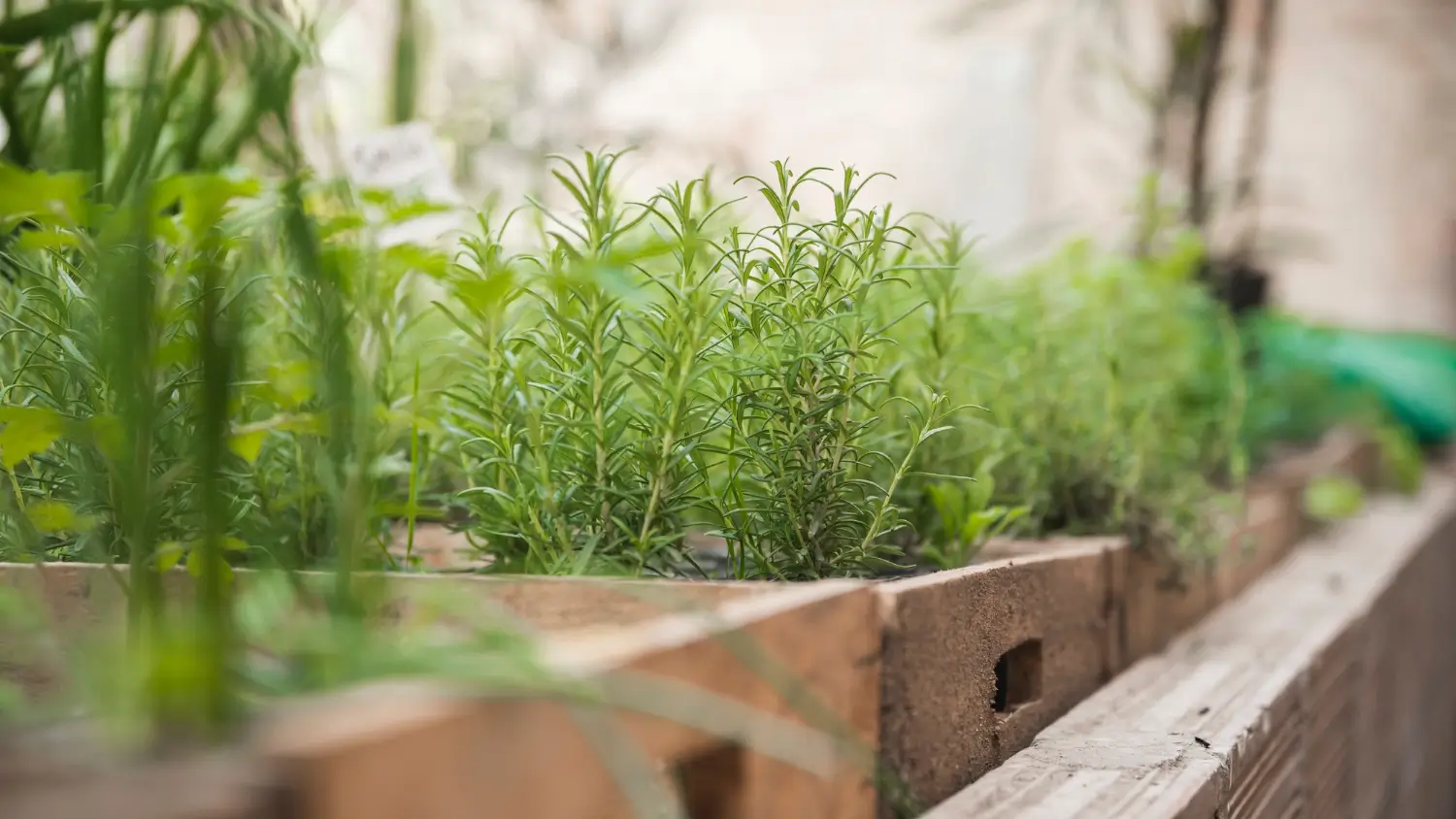

Software & Robotics
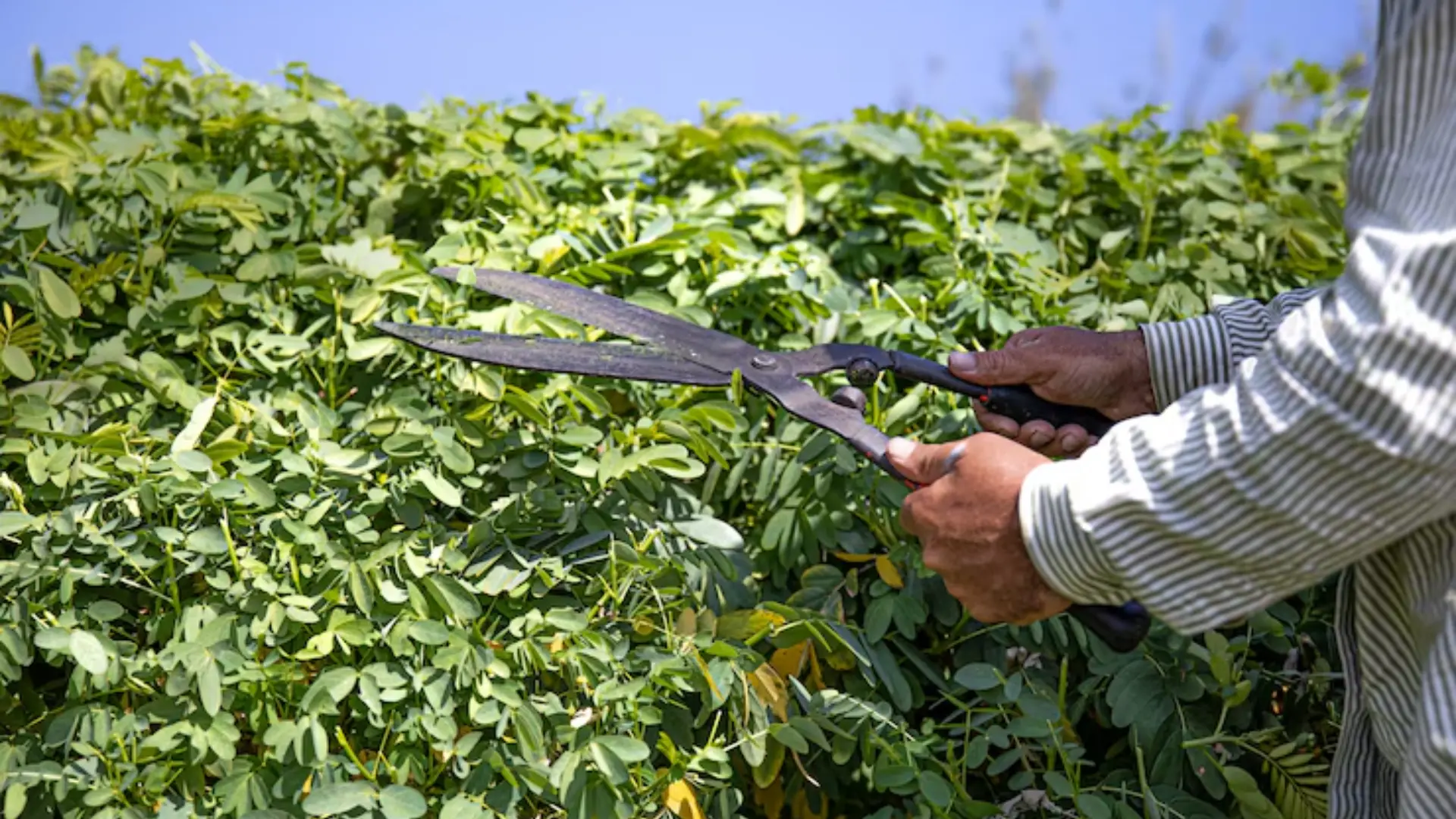
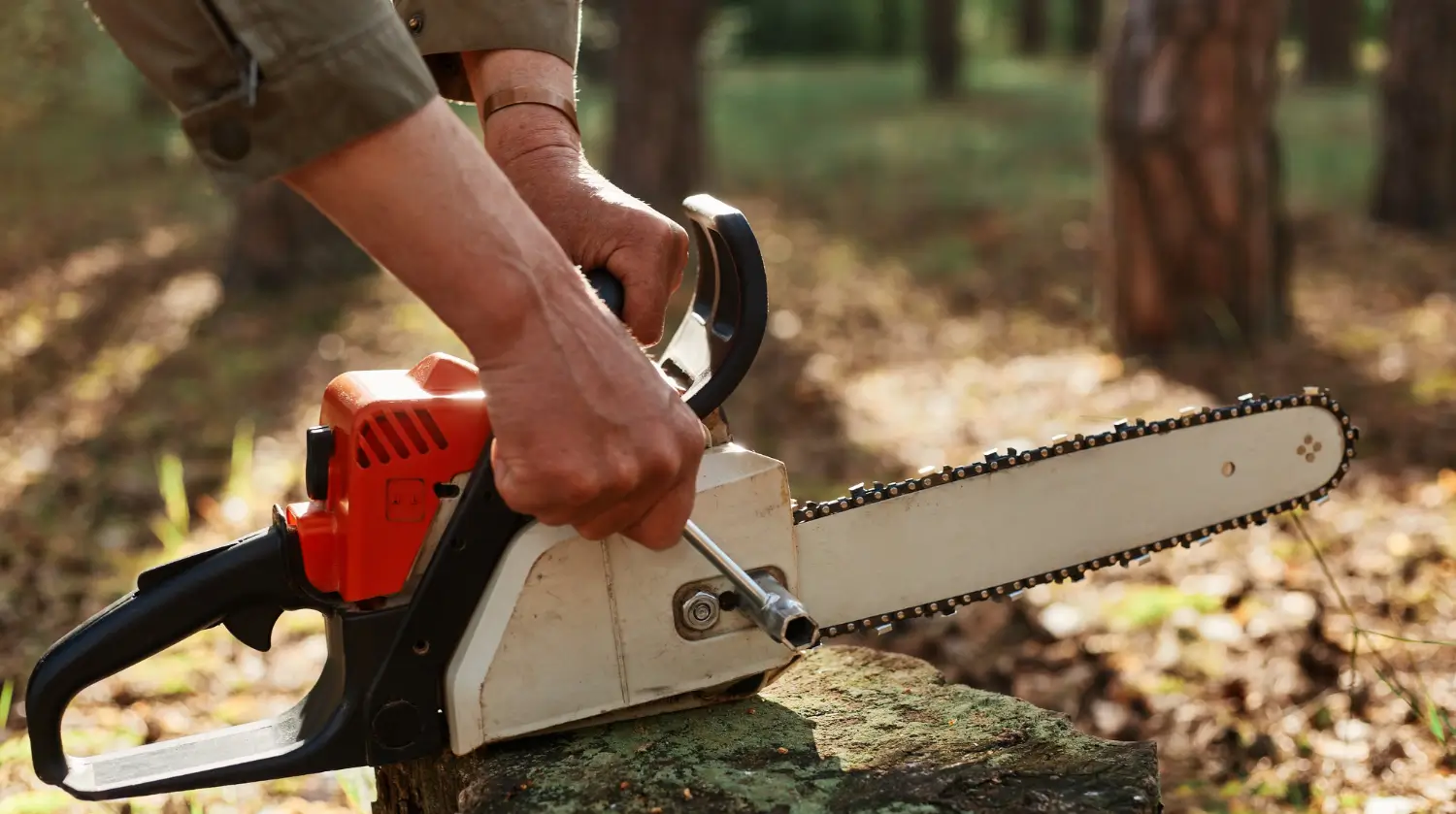


AgriTech & Farm Automation

Greenhouse Growing
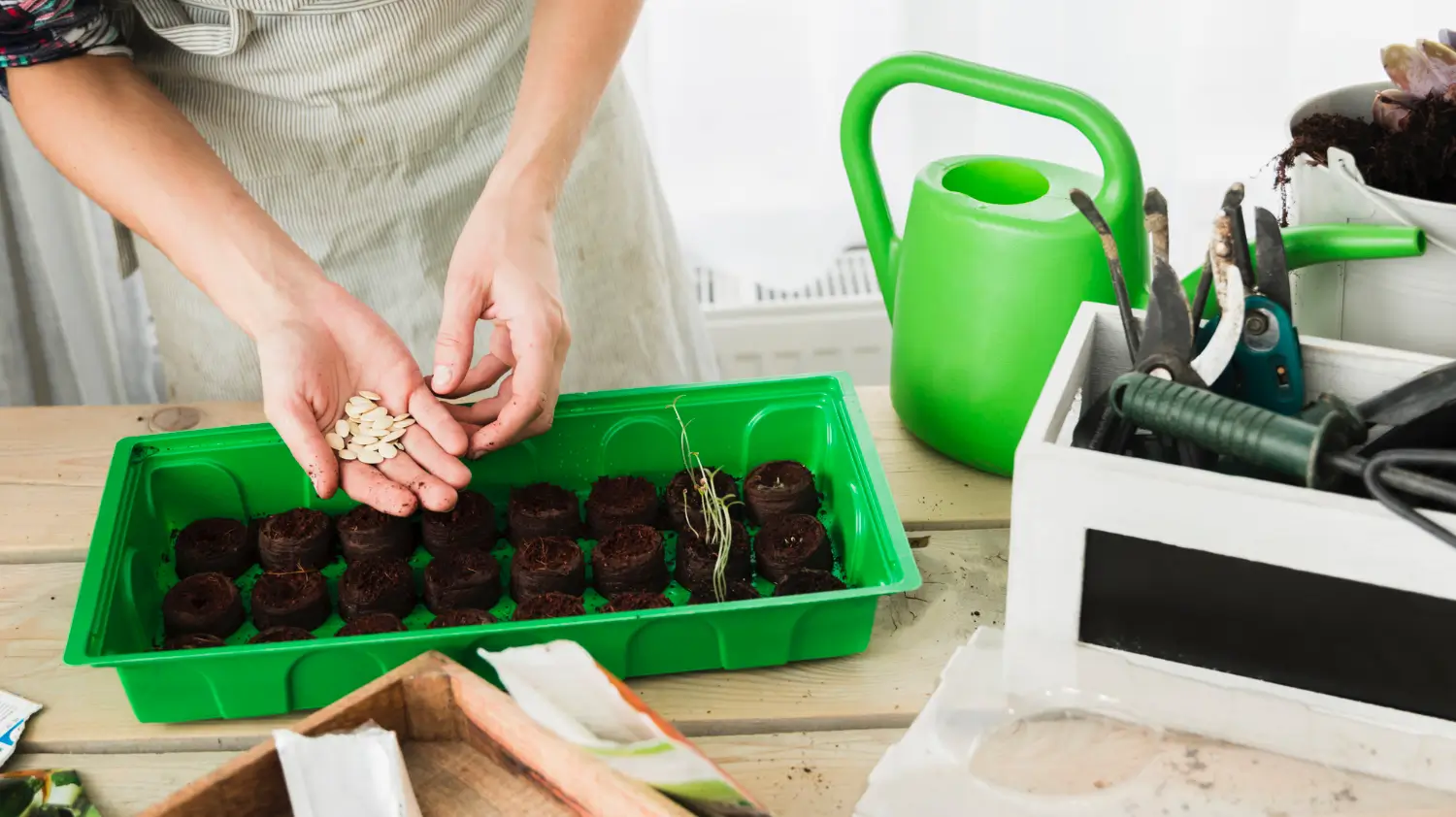
Smart Garden Gadgets
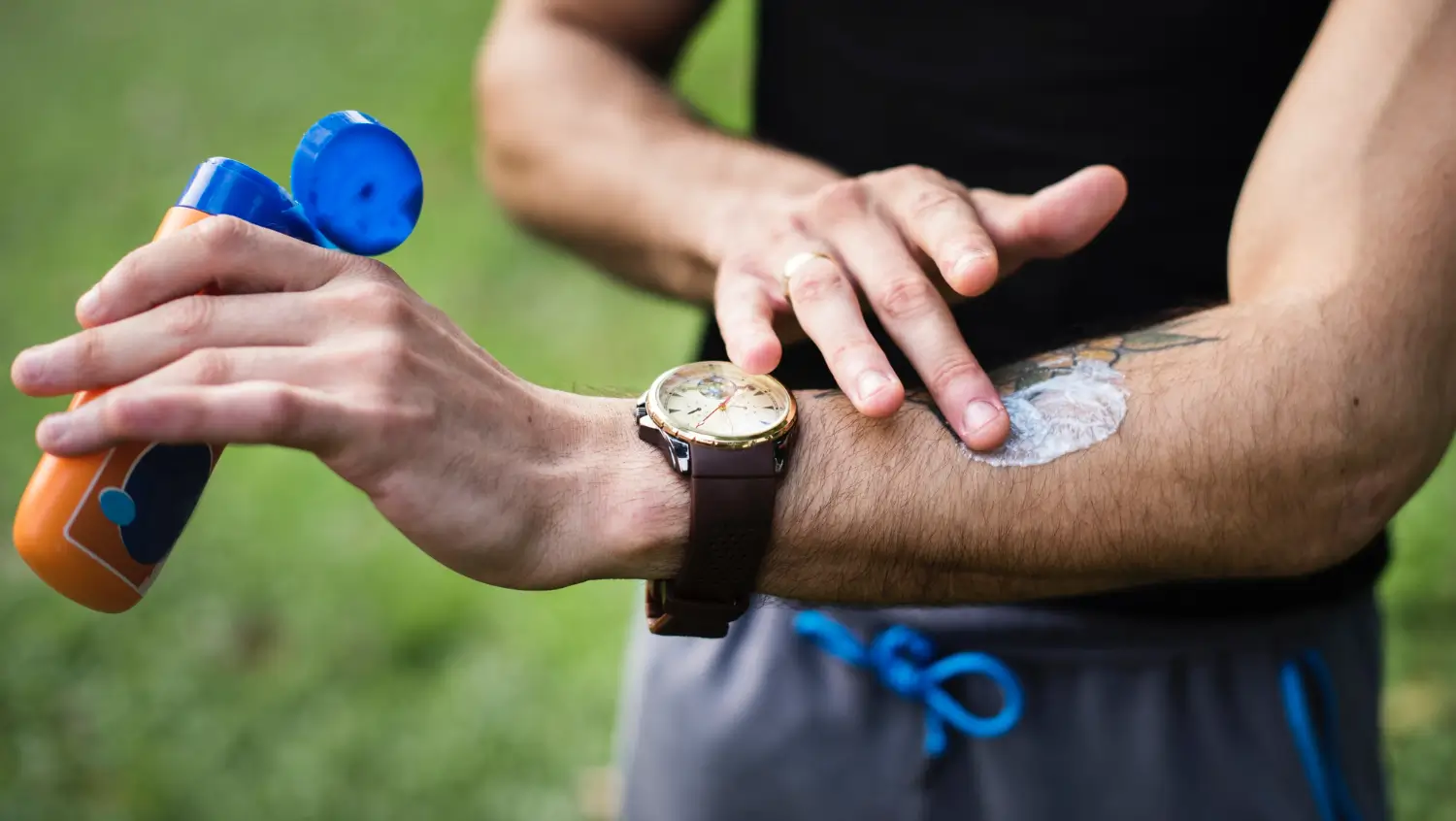
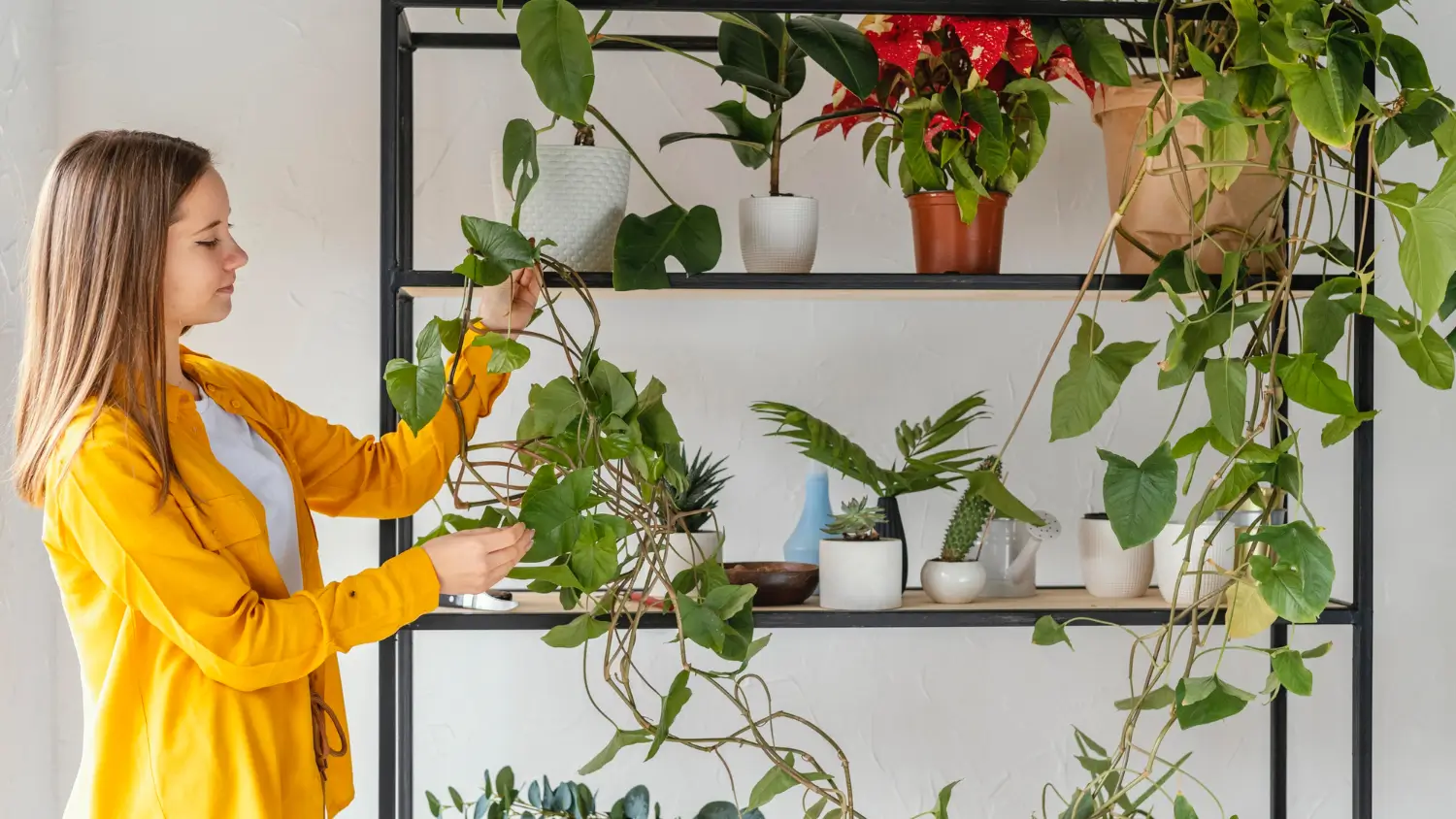
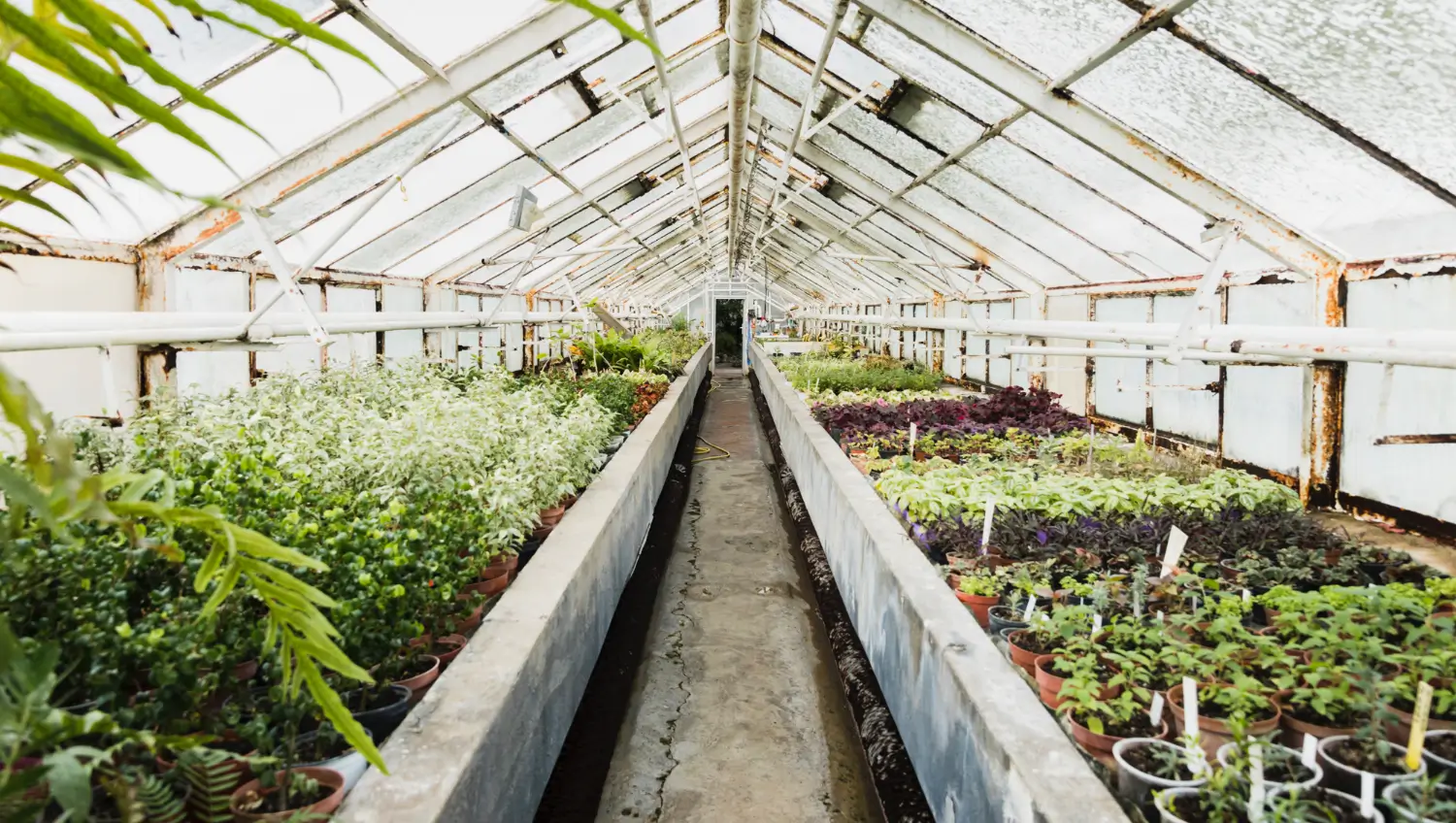
Climate
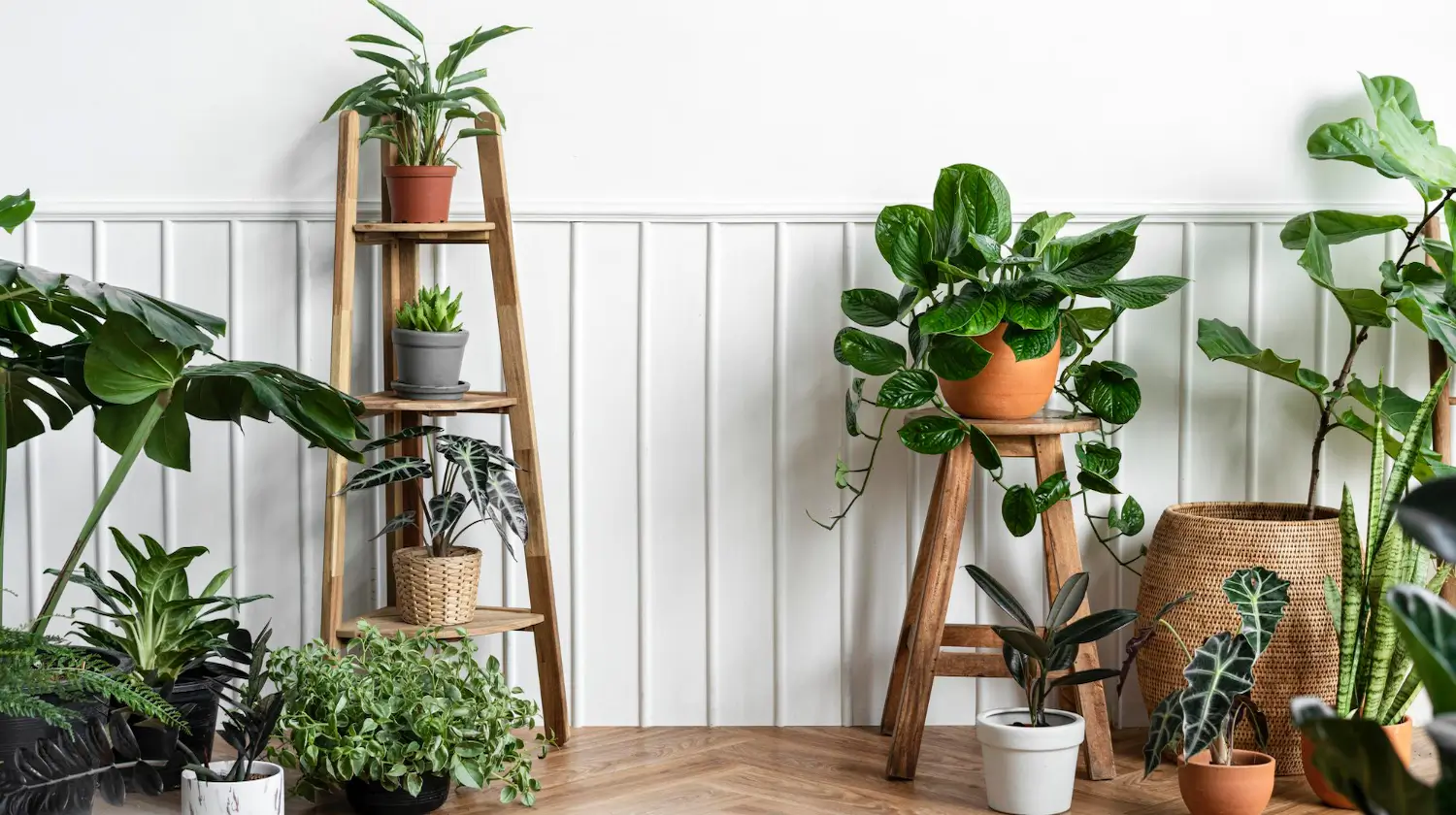
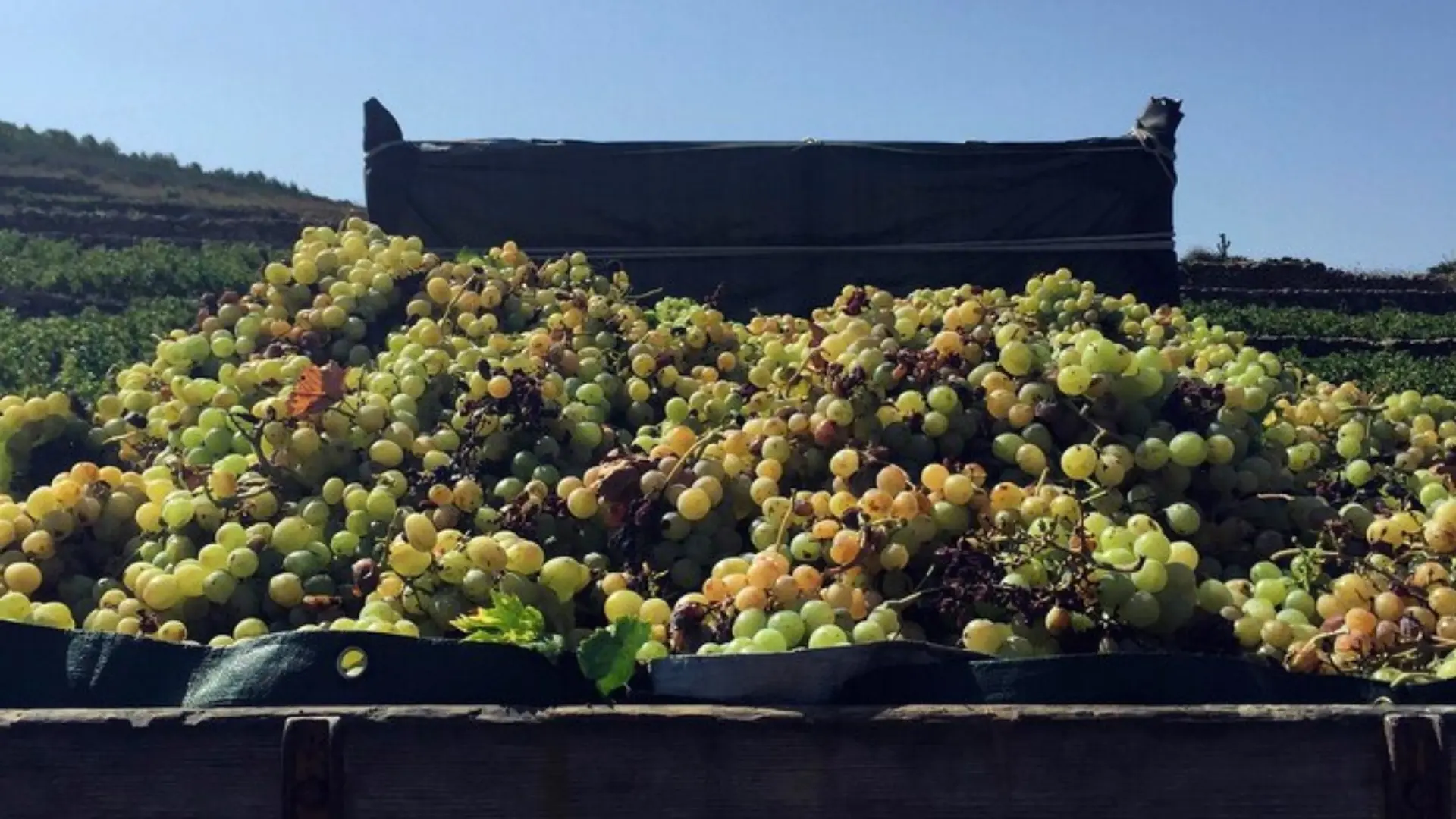

Climate
